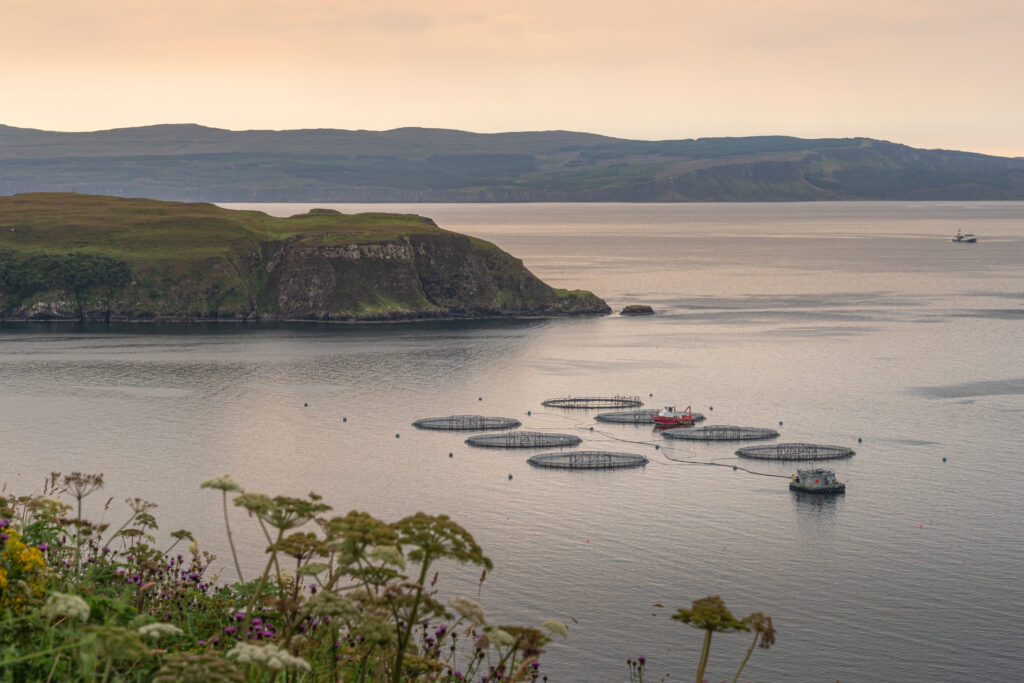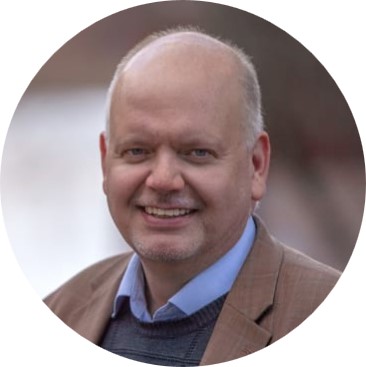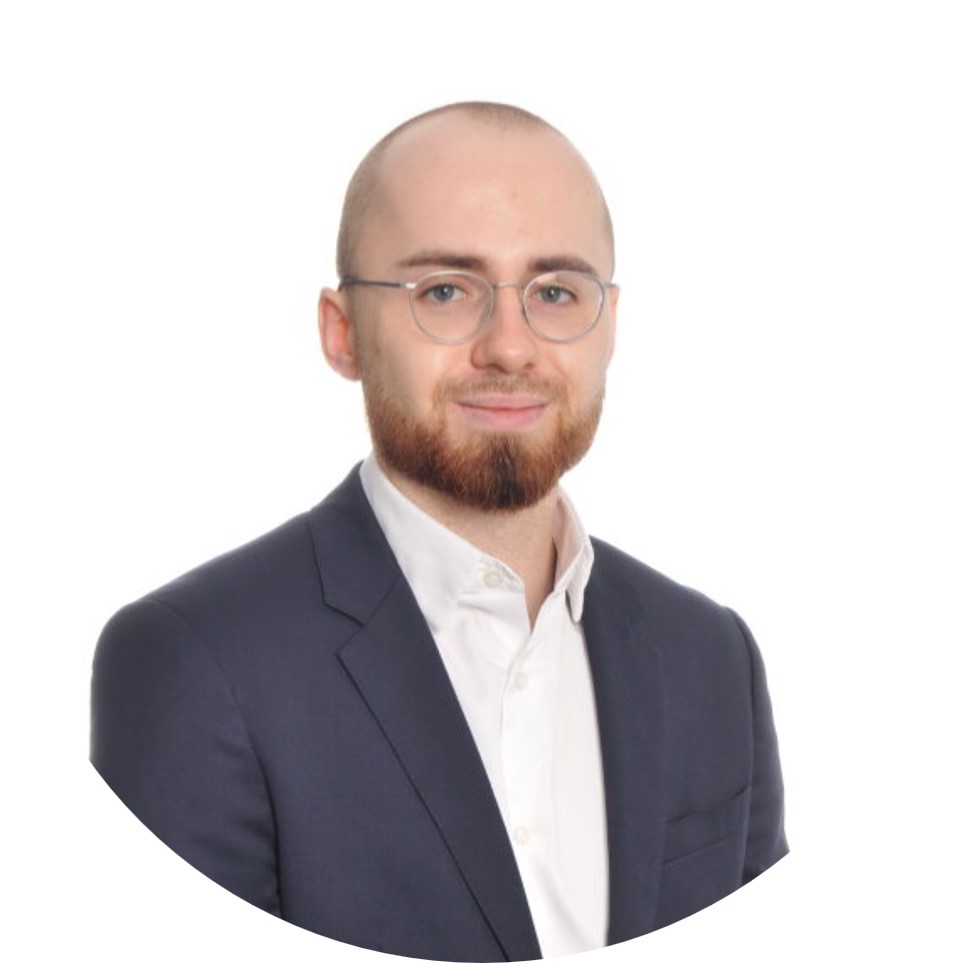Organised by the LBS Social Impact Club, ‘Feeding the Future: ‘Meeting the 10 Billion Challenge’ welcomed Pär Larshans (Chief Sustainability Officer at Ragn Sells) to London Business School, to discuss sustainable food processes and inclusive employment. Pär is a leading voice in the global transition from focusing solely on waste management to pioneering efforts in combining electricity, water, and food production, positioning Ragn Sells to play a pivotal role in the circular economy.

Speaker Background and Innovative Model
Pär’s journey to sustainability began in human resources within the fast food industry, where he faced the daunting challenge of attracting employees in an era dominated by booming IT careers. This challenge led him to design a model that capitalises on the untapped potential of people with disabilities—a demographic often overlooked in the labour market. By reorienting the perspective of line managers and integrating the core values of inclusivity and social responsibility, he successfully implemented a programme that fostered a stable workforce with high retention rates, thereby enhancing the company’s service speed and customer satisfaction.
His model is anchored in the organisation’s core values and branches out into several key areas of impact. The V-symbol inspired by Winston Churchill’s famous gesture and demographic shifts, represents the identification and integration of a previously marginalised workforce. Pivoting the “V” sideways addresses the “E” for environmental challenges, emphasising the pressing issue of natural resource depletion alongside growing consumption. This element calls for transformative approaches to ecological sustainability. Inverting the “V” outlines the “O” for organisational structure, where the head – or leadership (“H”) – plays a crucial role in recognising resource constraints as a springboard for empowerment and innovation, ensuring that all employees engage with the company’s core mission to meet future societal challenges. Pivoting the “V” to the left embodies the “T” for transparency in actions, promoting clear communication and the development of self-aware leaders. Together, these components form the ethos (E)(T)(H)(O)(S) of an organisation, a vital foundation for driving change through storytelling and strategic implementation, signifying the harmony between business growth and societal advancement.
Building on his transformative employment model, Pär expanded his vision to include addressing climate concerns within the fast food industry. At Max Burger, Pär was tasked with integrating climate responsibility into their operations. Identifying beef production’s environmental impact as a critical issue, he innovated by introducing carbon labelling on products, which highlighted CO2, methane, and nitrous oxide emissions. This bold strategy not only placed Max Burger at the forefront of global attention but also demonstrated a commitment to addressing environmental concerns through transparency and consumer education.
Pär advocated for initiating change internally, complemented by soft lobbying and knowledge sharing, emphasising the power of storytelling and transparency in fostering sustainability. This holistic approach combines scientific principles, practical execution, and effective communication to steer organisational change, illustrating how strategic integration of sustainability and social values can propel a company forward.
Navigating Planetary Boundaries for Sustainable Food Systems
The guest speaker then steered the discussion toward the critical issue of planetary boundaries, accentuating the urgency in the context of food production. Drawing on his experiences from the UNEP’s General Assembly, he articulated the severe challenges food systems face—nutrient cycles, freshwater use, cropland management, biodiversity loss, and carbon emissions. Each factor, he argued, intersects with the rest, underscoring the complexity of producing food sustainably as the global population approaches 10 billion.
Balancing the Scales: Nourishment and Nature’s Limits
Pär delved into the pressing issue of food security in the face of planetary boundaries, stressing the critical need to elevate food production while simultaneously safeguarding our natural resources. With CO2 reduction as a primary goal, Pär advocated for circular material flows as a strategic approach to tackle dual challenges: promoting reduced emissions through extended product lifecycles and the conservation of essential ecological systems.
Pär outlined the dire constraints across five key areas: nutrient cycles, freshwater use, land utilisation, biodiversity, and carbon emissions. The convergence of these issues, particularly as the global population inches towards 10 billion, presents a tough puzzle: how do we amplify food production without exacerbating the strain on stressed ecosystems?
Challenges of water scarcity and the agricultural crises revealed by the COVID-19 pandemic are interwoven with broader economic turmoil and geopolitical conflicts, such as the war in Ukraine. These factors have precipitated a catastrophic global food crisis that threatens equitable access to essentials, as exemplified by soaring egg prices in Nigeria—a portent of widespread inflation affecting the most fundamental human needs.
Pär pointed to the recent COP28 conference, which focused on food systems alongside traditional energy concerns. This conference acknowledged the intertwined fate of food security and climate change, setting expectations for COP30 to deliver actionable plans. He called for inclusive engagement, the scaling up of financial mechanisms, and the revitalisation of free trade, emphasising the potential for a synergistic approach that not only addresses immediate nutritional needs but also respects and restores the planet’s boundaries. This vision advocates for a future where everyone can access food without undermining the ecological integrity of our shared home.
Catalysing the Water Sector: Towards a Circular Economy
At a conference in Nairobi, Pär urged redefining wastewater plants as resource recovery facilities, pivotal in a true circular economy where nothing less than high-quality reuse meets the mark. He argued for transforming waste into useful assets, drawing on his company’s legacy since 1881 of recycling nutrients like phosphorus and nitrogen for agriculture. Today, moving beyond traditional waste management, his company excels in extracting potassium chloride from household waste, boasting 160 patents in nutrient recovery. A notable innovation allows for the conversion of wastewater ammonia into natural fertiliser, offering an eco-friendly alternative to natural gas incineration, thereby significantly reducing CO2 emissions and creatively addressing resource scarcity.
Water waste can become a valuable resource, and quality criteria will play a crucial role in the circular economy. At the Nairobi conference, he argued that wastewater plants should transcend mere harm reduction to actively participate in resource recovery. This perspective is aligned with his earlier discussions on food value chain innovation, where he cited the example of localised processing facilities significantly reducing waste in Malawi’s mango industry, thereby highlighting the potential for modernising water management to foster circularity.
Embracing the Circular Economy: From Corporate Crisis to Aquaculture Innovation
Embarking on a transformative journey in 2015, Pär Larshans found Ragn Sells on the brink of bankruptcy. Addressing this reality demanded a cultural shift towards collaboration, vital for success in a circular economy—a shift that led to groundbreaking innovation in waste management and resource recovery.
Ragn Sells’ strategic realignment focused on extracting phosphorus from sewage sludge, advocating for the perception of waste not as a terminal product but as a valuable resource. The company’s efforts extended beyond simple extraction, involving the recycling of by-products such as aluminium sulphate and envisioning their use in concrete production. This approach provided a blueprint for circular manufacturing, though Pär noted the absence of legislation assessing the quality of recycled products as a significant barrier to their broader application.
The company’s journey of reinvention led to pioneering an energy-efficient ammonia extraction process. This advancement represented more than an industrial innovation, as it exemplified a mindset shift towards maximising resource use while minimising environmental harm. Mr. Larshans advocated for policy reform to allow wastewater plants to become resource hubs, thereby reducing treatment costs and fostering a market rich in quality fertilisers.
Extending this paradigm to aquaculture, Pär identified an opportunity amidst the challenge: utilising fish waste to produce biogas. This not only generated energy but redefined fish farms as eco-positive entities. He envisioned a system where energy and food production were net positive outcomes, transforming waste into high-nitrogen fertilisers.
Recognising the obstacles of marine operations and the prohibitive costs of land-based alternatives, Larshans presented a vision of sustainable, ocean-based fish farming as a key contributor to food security. The closure of fish farms in countries like Canada due to eutrophication (excessive plant and algal growth) underscored the urgency of his mission.
Highlighting Norway’s intent to double fish farming sustainably by 2030, Larshans applauded collaborative efforts leading to the world’s first sludge collection from fish cages, transforming sludge into bioenergy and fertiliser. This innovation is not merely a technological breakthrough but a pivotal moment for the global aquaculture sector, providing a scalable model that aligns with the UN’s sustainability goals amid a growing global population.
Through the narrative of Ragn Sells’ transformation, Larshans demonstrated how the principles of the circular economy could address critical environmental and food security challenges, showcasing the profound impact of reimagining waste as a resource for the 21st century.
Phosphorus Recovery: Powering Agriculture, Not Batteries
Pär Larshans concluded his presentation by addressing the vital role of phosphorus in powering agriculture. With a finite supply of mined phosphorus, the necessity to recover and recycle this critical nutrient underlines the pressing need for innovation in agricultural production. Ragn Sells stands at the forefront of revolutionising phosphorus recycling with its ash-to-phos technology, which seeks to replace mined phosphorus, thereby fostering sustainable agricultural practices. This technology, already making strides in Europe and expanding into Canada, aims to reduce dependence on imports from phosphorus-abundant regions like Morocco.
Pär stresses the importance of regulatory frameworks that support such innovative recycling, pointing out that while local initiatives are key, thinking globally will drive widespread adoption. In an era where resources are finite and sustainability is imperative, his vision is clear: create systems that not only support local communities but are also robust enough to inspire global change.
About the speaker

Pär Larshans (Chief Sustainability Officer at Ragn Sells) is a leading voice in the global transition from focusing solely on waste management to pioneering efforts in combining electricity, water, and food production, positioning Ragn Sells to play a pivotal role in the circular economy.
About the author

Vitaly Zakalskiy (LBS MiM 2024) is an Outreach and Communications Intern at the Wheeler Institute for Business and Development. Vitaly holds a BSc in Economics & Politics from the London School of Economics. He has experience in strategy consulting and research in the field of business strategy in emerging markets.
